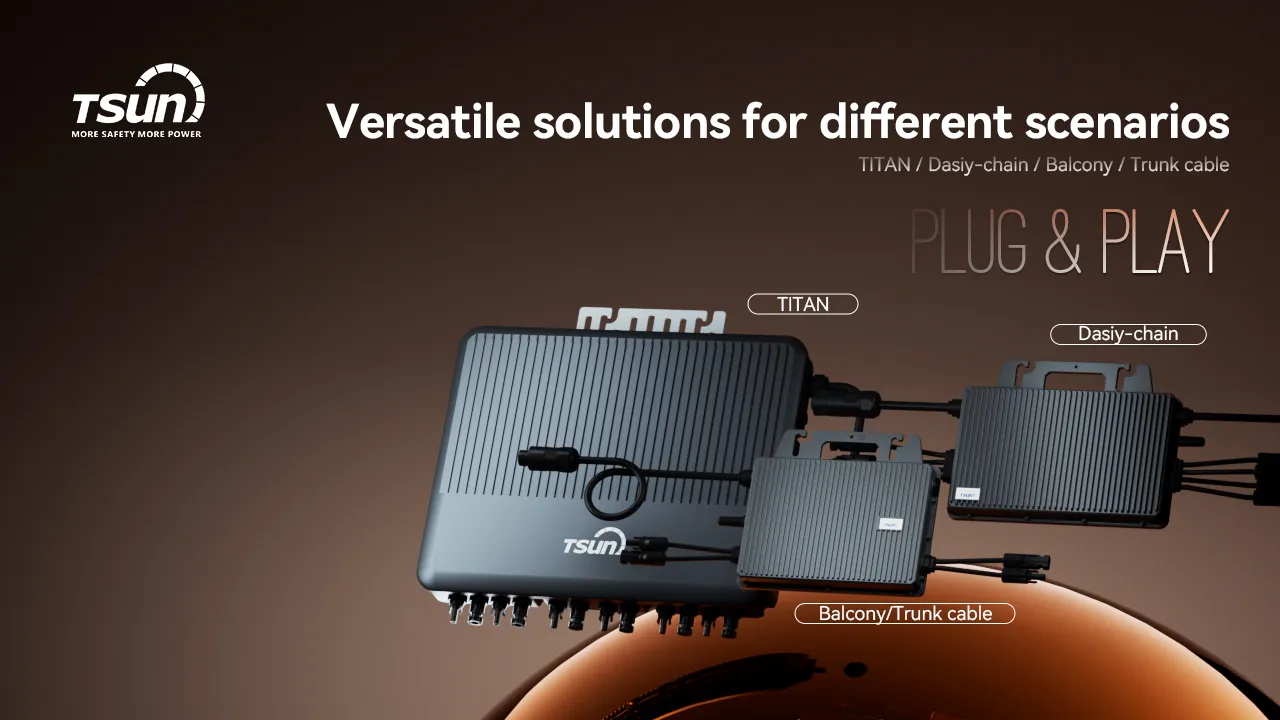Designing a solar power system with microinverters offers several advantages in terms of efficiency, safety, and energy independence. While traditional centralized inverters remain popular, more homeowners and businesses are opting for systems integrating microinverters due to their flexible and efficient power management capabilities.

Imagine a solar array on a residential rooftop where each panel is equipped with its own microinverter. This setup contrasts sharply with conventional systems, which typically utilize a single, centralized inverter. The key difference lies in the optimization with microinverters, each panel operates independently, maximizing the energy production of each unit regardless of shadows, debris, or other physical obstructions interfering with one or more solar panels.
Experts recognize that the individual monitoring capacity of microinverters is one significant advantage. Every solar panel having its own inverter means performance issues can be identified and addressed at the panel level rather than the whole system. According to Solar Energy International, this can substantially enhance system reliability and quality. If one microinverter or panel fails, it does not cripple the entire system as it might in a traditional setup. This feature underscores the microinverter's reputable reliability, as each unit is independently managing conversion, allowing the other panels to continue functioning optimally.

From an expertise perspective, microinverters offer a simplified installation process. Installers find that systems pose less risk during maintenance and installations due to lower DC voltages existing at the panel level, mitigating potential electrical hazards. Furthermore, the inherent ability of microinverters to meet changing technology and energy landscape demands provides an adaptable infrastructure. If additional panels are needed later, they can be easily integrated without needing to scale up a traditional central inverter.
The authoritative strength of a microinverter-equipped solar system also comes from its ability to handle partial shading more effectively. When it comes to maximizing power output, shadowing causes significant issues for string inverters; however, thanks to microinverters, each panel can produce its maximum output independently of others. For situations where rooftops aren’t fully exposed to sunlight, microinverters ensure that shadows do not detrimentally halve the entire array’s efficiency. This offers a definitive advantage to potential consumers with partially shaded installation areas, amplifying the adaptability of solar power solutions for varied geographical and architectural environments.
solar system with microinverters
Investors and homeowners report increased trustworthiness in photovoltaic systems with microinverters due to the typically longer warranty periods associated with these inverters compared to traditional string inverters. This endorsement by manufacturers suggests these components are less prone to failure, reflecting enhanced durability and performance expectations. Additionally, the distributed nature of microinverters adds a fail-safe aspect to power management—with less risk of a single point of failure, energy sources remain reliable.
On a macro level, energy independence is emerging as a more accessible goal for both private individuals and enterprises. The ability of home solar systems to integrate with energy storage solutions is enhanced through microinverters due to their precise energy management. By allowing more efficient use of solar energy, they facilitate the stable and reliable delivery of power during peak demand times or outages, a critical factor in achieving energy independence.
Finally, a solar system with microinverters provides distinct advantages in net metering. Each panel's optimized production means more surplus energy can potentially be returned to the grid, allowing consumers to maximize credits and, subsequently, savings on their electricity bills. This system not only contributes to personal financial savings but also supports broader environmental sustainability efforts by leveraging optimum energy generation.
In conclusion, integrating microinverters into a solar power system elevates the overall energy output, enhances reliability, and increases the ease of system expansion. For residential and commercial clients attentive to technological progress and efficiency improvements, microinverters mark the route toward a modern, resilient solar energy solution tailored to dynamic conditions and future needs.
 LEARN DETAILS
LEARN DETAILS



